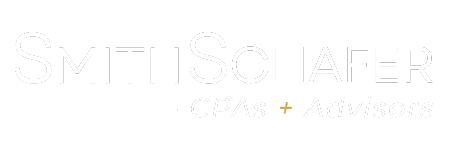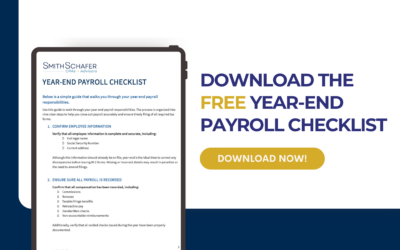Minnesota’s new Paid Family and Medical Leave program starts January 1, 2026. Letters with rate determinations have been sent and we wanted to highlight a couple of observations.
- Wage Base – The expected wage base for this was published as being the same as the Old Age, Survivor and Disability Insurance (OASDI), also known as FICA-Social Security, which has a 2026 wage base of $184,500. With the arrival of the determination letters from MN Paid Leave, they have chosen to round that wage base to the nearest $1,000, resulting in the actual wage base for Paid Leave for 2026 of $185,000, not $184,500 as previously expected.
- The letters are arriving with the established rates broken into two categories, one for the Medical Leave Premium and one for the Family Leave Premium. The sum of these rates will equal either 0.88% or 0.66% depending on whether the state has you listed as a small employer. If you receive a letter that states you are at the higher 0.88% and you have estimated or expected your business to be qualified for the small employer reduced rate, you will need to file an appeal of the determination by January 5, 2026. The instructions for filing the appeal are in the last section of the letter on page 2. The appeals form can be found here.
As a reminder, eligibility requirements for the reduced rate are employers with 30 or fewer employees and an average employee wage below 150% of the state’s weekly average wage. The .22% rate reduction is applicable to the employer portion, and should not reduce the employee share.
Again, the deadline we’ve seen on a few letters to file the appeal is January 5, 2026. If this applies to you and you want to appeal your determination, please take action as soon as possible.
Partner with Trusted Advisors
Contact Smith Schafer’s team of Minnesota-based CPAs and advisors to discuss how we can help your organization prepare for PFML implementation
Explore the full collection of PFML insights, updates, and guidance here.



